
Should we be skeptical of Amazon One?
Amazon One lets you buy things with your palm print. People have some privacy questions.
Published:
Updated:
Related Articles
-

-

Music you can really feel — no, really
-
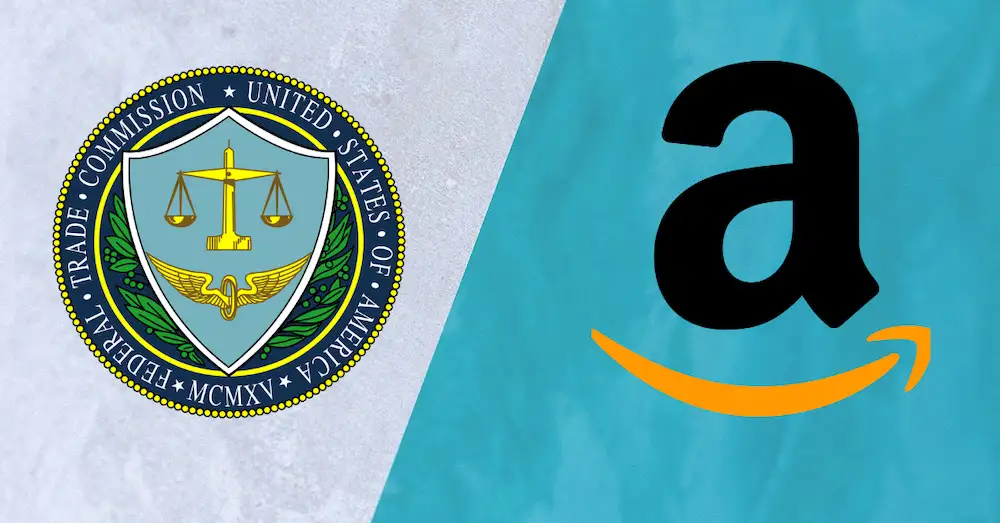
Is the ‘Big One’ about to drop on Amazon?
-
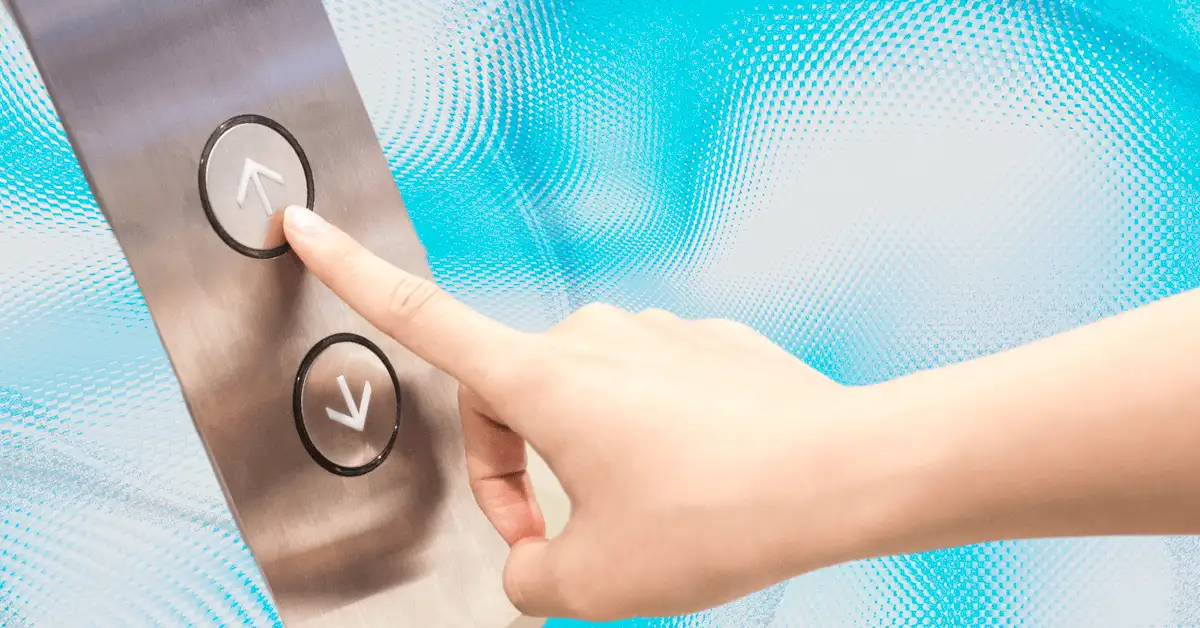
Don’t pretend you aren’t interested in the world’s largest passenger elevator
-

Bowling balls, nipple clamps, rubber chickens: Essential or not, you can get ‘em on Amazon
-
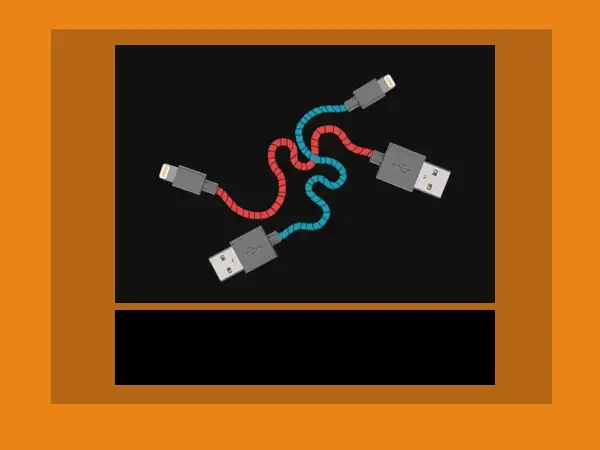
Amazon labels its ‘frequently returned’ items
-
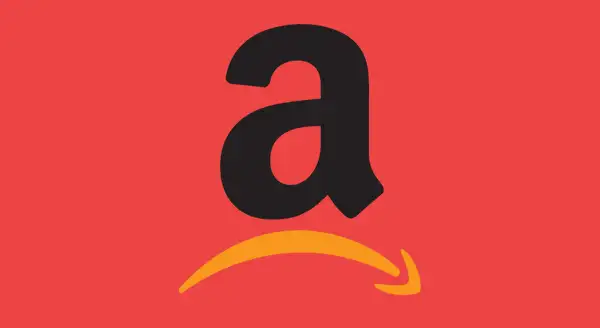
Amazon’s Virginia bummer
-
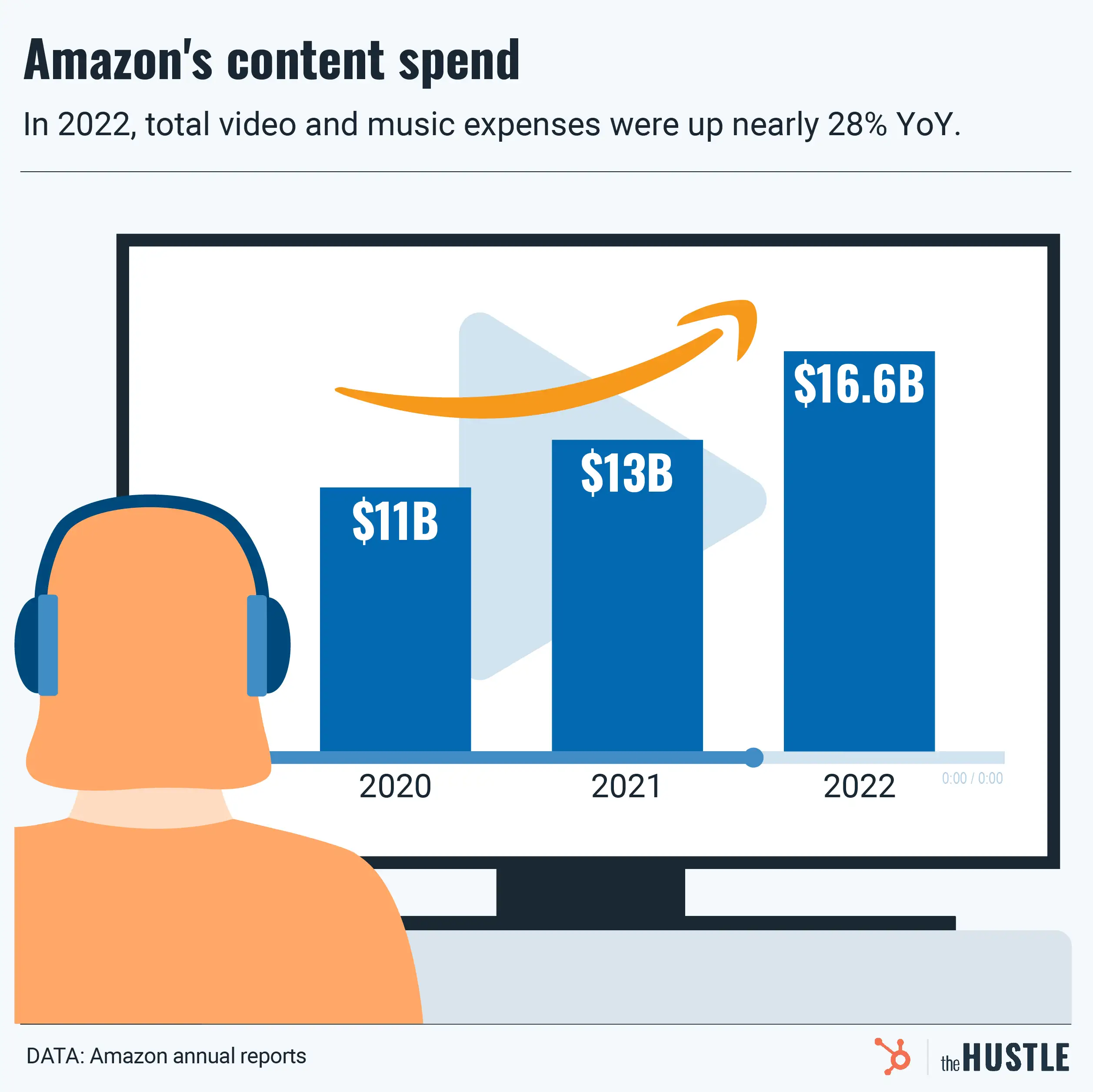
Amazon says its media moves are working
-
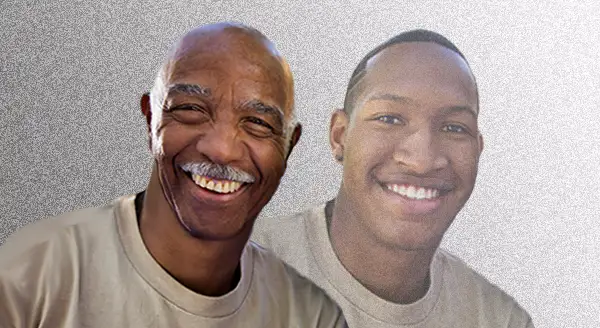
Is it possible to get younger?
-

RIP, AmazonSmile

